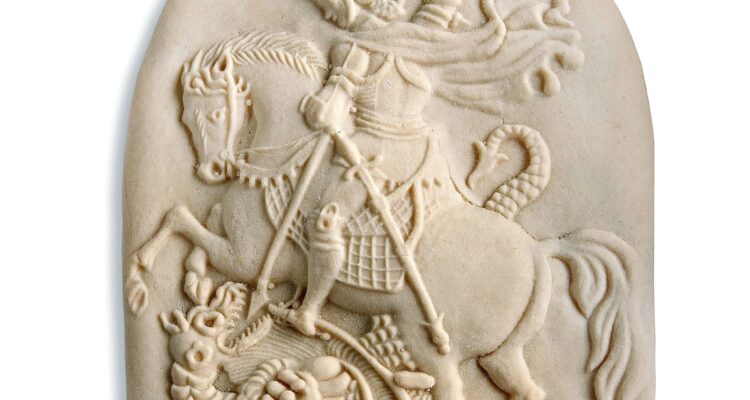Springerle molds and cookies are an important part of German culinary traditions.
By Sharon Hudgins • Photographs Courtesy Sharon Hudgins
When I was 12 years old, a cousin in America gave me a Christmas gift of something I’d never seen before: a small wooden rolling pin with flower and animal designs carved into it. She also included a recipe for German Springerle cookies, whose tops were to be embossed with designs made with that special rolling pin.
I could hardly wait to make a batch of Springerle cookies with that exotic-looking utensil. But the results were disappointing. A triumph of form over function, the little white cookies were more pleasing to the eye than to the palate. Although pretty to look at, they were so hard and dry that it was nearly impossible to bite into them. And their taste couldn’t compare with the other, more flavorful German cookies, like Lebkuchen and Pfeffernüsse, that my mother always baked at Christmas-time.
So, my Springerle rolling pin became a mere decoration, gathering dust on display in our Texas kitchen. Only after I moved to Germany did I learn to make Springerle cookies correctly and to fully appreciate the taste and texture—as well as the history and symbolism—of these “printed” cookies that are an important part of the culinary traditions of southern Germany, Alsace, and some parts of Bohemia and Switzerland.
To read more subscribe now! Click here!


